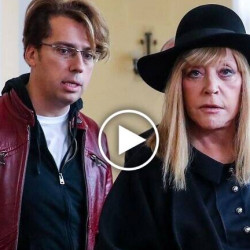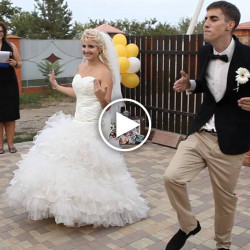On Walter Salles’ “I’m Still Here”
Still from “I Am Still Here.”
Journalist and writer Paulo Carneiro, a friend from our long youth, invited me by email to write about “I’m still here”. And in this way I introduce myself below.
The film’s excellences have layers that, when speaking about them, may seem like timid restrictions on the part of this author. In the first of them, I observe: we are so poor in films about the pain of the dictatorship that we see ourselves represented on the cinema screen. In the second, we are so poor in the representation of the terror of the dictatorship in cinema that we greet the film with enthusiasm.
And to praise the film means to note the excellence of director Walter Salles, the great actresses, and the great actors. Fernanda Torres in her best performance, closely followed by the magnificent and unsurpassed Fernanda Montenegro. The great Montenegro silently punches any insensitivity that may exist. Beautiful, dignified, lost in pain and mute. And in this particular performance, the excellence of the two actresses is so great that it seems to hide the genius work of actor Selton Mello. From him, we can see once again that the best art hides its art. We do not see his performance. We see Rubens Paiva himself on the screen. Selton Mello, what an actor!
The wonderful thing is that, as the film tells us, we have a true story of the miserable and terrible dictatorship in Brazil. Director Walter Salles, Fernanda Torres, Fernanda Montenegro, Selton Mello and the entire cast bring back to us the human tragedy that the far right and coup plotters want to belittle, hide, mock and disrespect, in their revolting impunity. Brought to life through art, the dictatorship is revealed, with a human and family drama that did not spare even the well-born. That killed without scruples, because, after all, every resister was called a terrorist. And at a great point in the film, the audience in movie theaters has come to understand the dictatorship that was hidden. The dictatorship that did not even say its name, because it was called the revolution of 1964.
All democrats, all young people and eternally young people, must watch, discuss and publicize this film. It is written in our DNA. It is ours. Everyone, whether they are working class, students, whites, blacks, no matter the condition, feels present. As I recount in my novel “The longest duration of youth”, where I recover the testimony of the great lawyer Mércia Albuquerque about those murdered in Recife in 1973:
“Jarbas, who I knew very well, was also at a table, he was wearing a light blue Zorba, and had a bullet wound in his forehead and another in his chest. And a deep wound on his neck, on one side only, as if it were a rope, and his eyes were open and his tongue was hanging out of his mouth.” Was Jarbas pulled by a rope to the slaughterhouse? They break the tails of oxen, tear the cartilage, so that they can run to the place where they bleed. Do they drag men? In the reports from the dictatorship, there is no account of the pain. Liars, they even hide the cause of death, hide injuries, and euphemize the barbarity. Everything they say is an adaptation of the corpse to the fraud of political repression. It is in these circumstances that the value of the testimony of the lawyer, who witnessed and filled in the gaps, the vacuum in the thanatoscopic reports, increases:
“Soledad’s eyes were wide open, with a very terrified expression. Her mouth was half open and what struck me most was the large amount of clotted blood. I have the impression that she had been killed and had been lying down for a while and they brought her in, and when the blood clotted it got stuck to her legs, because there was a large amount. And the fetus was there at her feet, I can’t know how it got there, or if it was right there in the morgue that it fell, that it was born, in that horror.”
This film has our enthusiastic approval because it brought a human drama, which is also ours, out of the tombs. And today, more than ever, it follows its destiny of being recognized throughout the world, with or without an Oscar, but worthy of representing us with art and denunciation on the screen. Isn’t that the best and highest award?
The story of this film does not have The End. Its story does not end with the days of our existence. As I wrote in the novel “Never-Ending Youth” on one of its pages:
“And nothing passed or was buried. Then it comes, and I see now that the survival of the event is not a romantic revolt. Nor a quixotic and inglorious fight against death. The end, the end of everything is not the dissolution of everything. The end is not exactly the last second of the orchid’s bloom. The end is not even the destruction caused by the atomic bomb. We will be the grains of dust that wrote these days”.
The post On Walter Salles’ “I’m Still Here” appeared first on CounterPunch.org.










